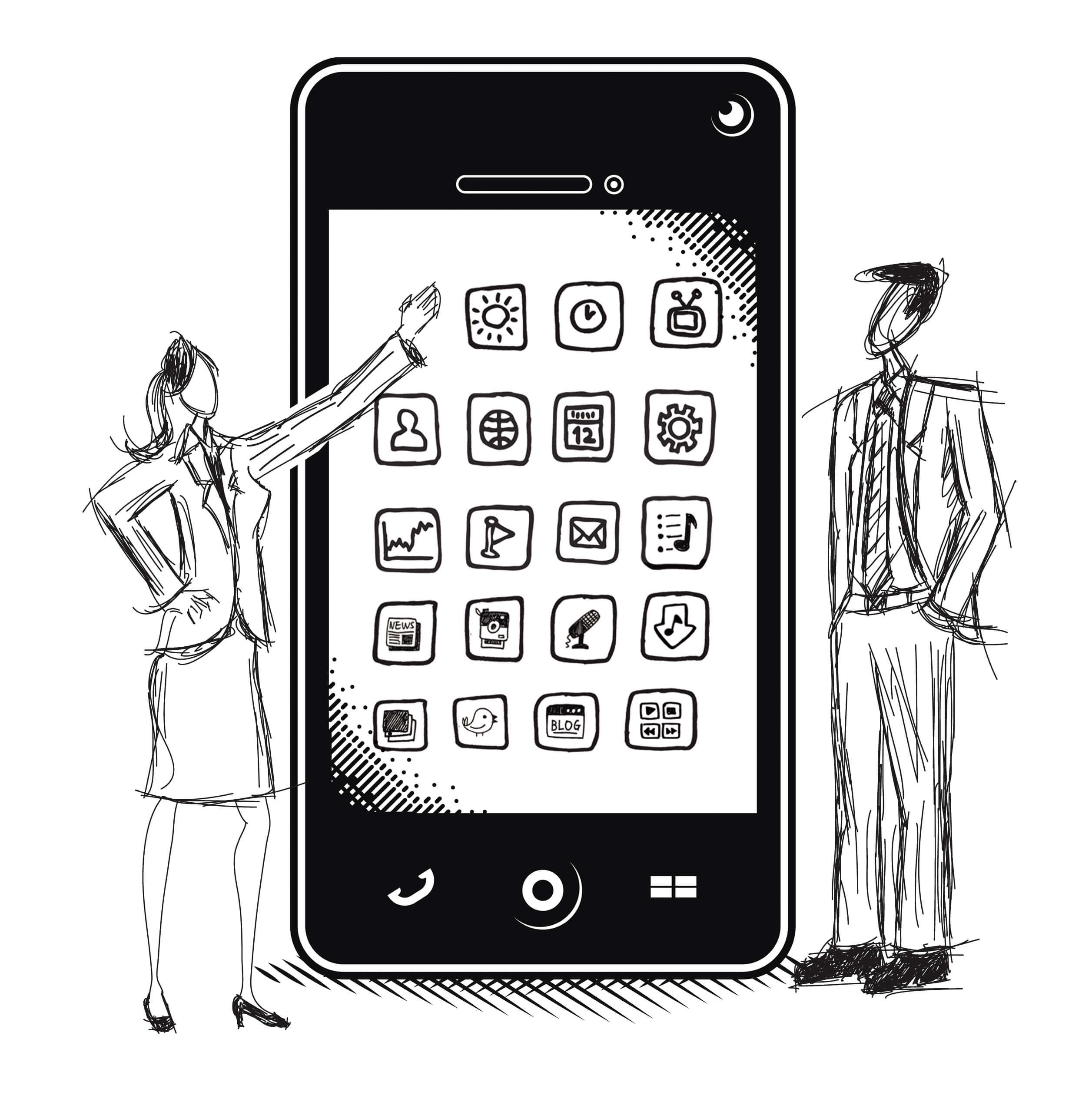
It has become cliché to observe that electronic evidence has changed every aspect of modern trial practice. From smartphones, to email, to Facebook, we each leave an electronic trail of our daily lives scattered across servers, hard drives, and the cloud. No wonder litigants and their lawyers have come to rely on that data to prove or refute the crucial elements of their cases. In criminal practice, it might be GPS locations bouncing off repeaters near the crime scene. In a divorce, it might be that flurry of late-night text messages. In trade secret litigation, look for those megabytes of data that the employee downloaded right before quitting. Whatever the case, the proof at trial is now more likely to be digital than tangible.
This shift to new forms of evidence, however, has added complication, uncertainty, and inconsistency to previously settled notions of admissibility. How do you authenticate a byte? How do you prove that electronically stored data was accurately identified, collected, stored, and presented at trial? Counsel and courts alike struggle with the reliability of screenshots, or how to verify a data dump.
Into that mix, the Federal Rules of Evidence have brought a solution. As amended, Rule 902 now provides that certain machine-generated data and forensically collected electronic evidence are self-authenticating, no longer requiring a live witness to authenticate under the traditional methodology of Rule 901.





0 Comments